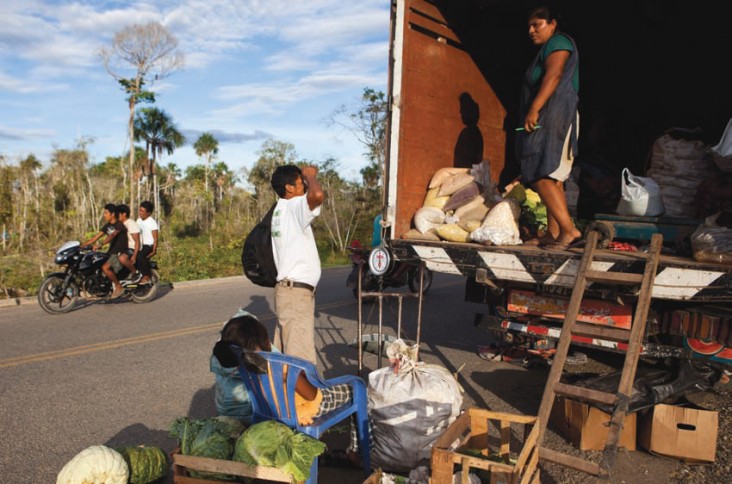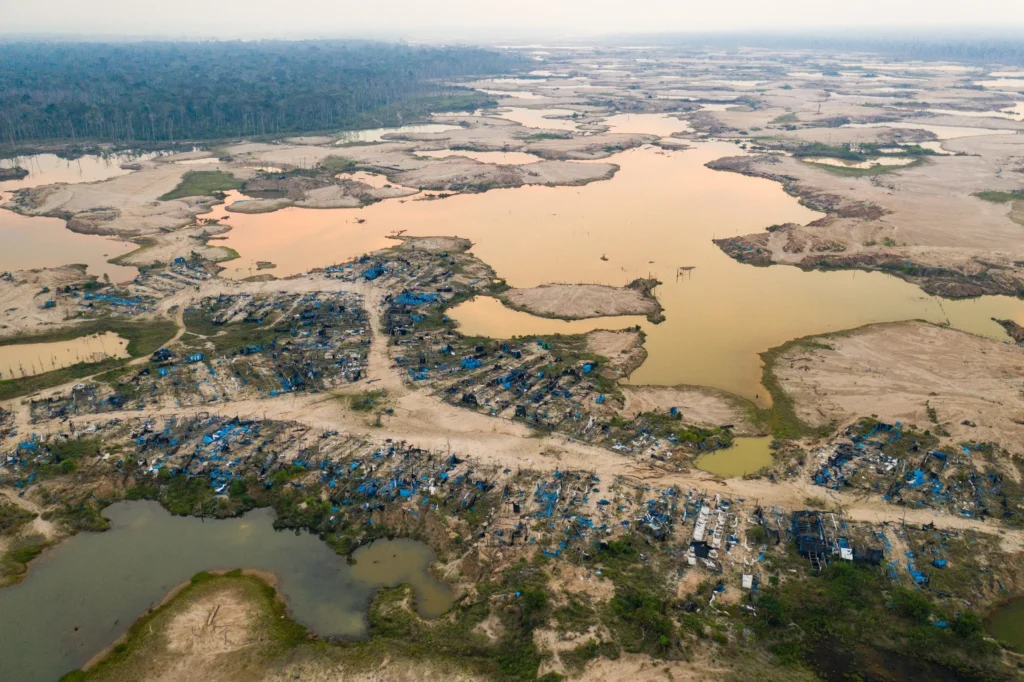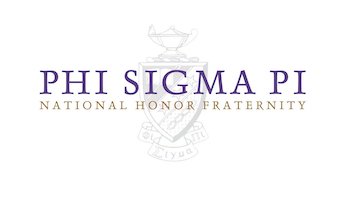
madre de dios peru poverty rate
Introduction to madre de dios peru poverty rate
madre de dios peru poverty rate, often referred to as the “Gateway to the Amazon,” is one of the most biodiverse regions in the world. Nestled in southeastern Peru, this region is a haven for nature enthusiasts, researchers, and tourists seeking to experience the lush rainforests, pristine rivers, and unique wildlife. Madre de Dios is home to iconic natural reserves such as the Tambopata National Reserve and Manu National Park, which have earned it a reputation as a global biodiversity hotspot.
However, beneath the surface of its natural riches lies a complex social and economic reality. madre de dios peru poverty rate is one of Peru’s least populated regions, and despite its environmental wealth, it faces significant socio-economic challenges. Poverty remains a persistent issue, affecting the lives of many residents who rely on subsistence agriculture, informal labor, or environmentally destructive practices like illegal mining. This paradox of immense natural wealth coexisting with widespread poverty raises critical questions about development, conservation, and equity in the region.
This article delves into the poverty rate in Madre de Dios, examining the factors contributing to the issue, the socio-economic dynamics of the region, and potential solutions to address the challenges.
The Current Poverty Situation in Madre de Dios
Poverty in the Context of Regional Wealth
When discussing poverty in madre de dios peru poverty rate, it is essential to recognize the stark contrast between its natural abundance and the socio-economic struggles of its inhabitants. Official statistics place the poverty rate in Madre de Dios lower than the national average, but these numbers often mask deeper inequalities and the precarious living conditions faced by many residents.
Much of the population works in informal sectors, such as small-scale agriculture, logging, or mining. While these activities provide a livelihood, they often come with low wages, unstable income, and limited access to social services. For many families, day-to-day survival depends on irregular earnings, leaving them vulnerable to economic shocks and environmental challenges.
Another layer of complexity is the rural-urban divide. In urban centers like Puerto Maldonado, residents may have better access to education, healthcare, and infrastructure, but rural communities often lack these basic necessities. This disparity exacerbates the poverty experienced by indigenous populations and remote communities that are deeply tied to the land yet remain isolated from economic opportunities.

Contributing Factors to Poverty in Madre de Dios
Environmental Challenges
madre de dios peru poverty rate location within the Amazon rainforest makes it highly susceptible to environmental vulnerabilities. Climate change, deforestation, and illegal gold mining have taken a toll on the region’s ecosystems, impacting the livelihoods of those who depend on natural resources. Deforestation for agricultural purposes, combined with soil degradation from mining activities, has reduced the productivity of land, forcing many to seek other sources of income or migrate to urban areas.
Flooding is another recurring issue in madre de dios peru poverty rate. During the rainy season, many low-lying areas experience severe flooding, damaging homes, crops, and infrastructure. For subsistence farmers and low-income households, recovering from these disasters can be a lengthy and challenging process, further deepening cycles of poverty.
Illegal Mining and Its Socio-Economic Impact
Illegal gold mining is one of the most pressing issues in madre de dios peru poverty rate. While it has created employment opportunities, it has also led to significant environmental and social consequences. Mining activities have polluted rivers with mercury, destroyed vast areas of forest, and disrupted traditional livelihoods. The informal nature of this industry means workers lack legal protections, fair wages, and access to healthcare or social security.
Additionally, mining camps are often associated with other social issues, such as human trafficking, child labor, and crime. The concentration of wealth in the hands of a few, coupled with the exploitation of workers, perpetuates economic inequality and hinders efforts to create sustainable development in the region.
Limited Access to Education and Healthcare
Education and healthcare are vital for breaking the cycle of poverty, yet access to these services remains limited in many parts of madre de dios peru poverty rate. Rural schools often face shortages of teachers, materials, and infrastructure, leaving students with few opportunities to pursue higher education or skilled employment.
Healthcare services are similarly underdeveloped, with many communities lacking adequate facilities or trained professionals. Preventable diseases, malnutrition, and maternal health issues are common in remote areas. The lack of access to quality healthcare not only affects individuals’ well-being but also hampers their ability to work and contribute to their households’ economic stability.
Indigenous Communities and Poverty
A Unique Set of Challenges
Indigenous communities in madre de dios peru poverty rate face unique challenges that contribute to their higher poverty rates. These communities often live in remote areas with limited access to markets, education, and healthcare. Their traditional knowledge and practices, while invaluable for environmental conservation, are frequently undervalued in economic terms.
Land rights are another critical issue. While indigenous peoples have legal rights to their ancestral territories, illegal logging and mining activities often encroach on their lands. Defending their territories can be a costly and dangerous process, diverting resources away from community development.
Cultural Resilience and Economic Opportunities
Despite these challenges, indigenous communities in madre de dios peru poverty rate also offer a model for sustainable living and resource management. Initiatives such as community-based ecotourism and sustainable harvesting of forest products have shown promise in providing income while preserving cultural heritage and the environment. Supporting these initiatives through government policies and international partnerships could play a significant role in reducing poverty in these communities.
Government Policies and Development Initiatives
National and Regional Efforts
The Peruvian government has implemented various programs aimed at reducing poverty and promoting sustainable development in madre de dios peru poverty rate. These include social assistance programs such as Juntos and Pensión 65, which provide cash transfers to low-income families and elderly citizens, respectively. However, the effectiveness of these programs is often limited by logistical challenges in reaching remote areas.
Infrastructure development is another focus area, with investments in roads, bridges, and electrification projects aimed at improving connectivity and access to services. While these initiatives have brought some improvements, their benefits have not been evenly distributed across the region.
The Role of International Organizations
International organizations and NGOs play a significant role in addressing poverty in madre de dios peru poverty rate. Many of these organizations focus on environmental conservation, sustainable livelihoods, and capacity-building for local communities. For instance, projects that promote sustainable agriculture or provide training for alternative livelihoods have helped some families transition away from environmentally destructive practices.
Opportunities for Sustainable Development
Ecotourism and Conservation
Given its unparalleled natural beauty, madre de dios peru poverty rate has immense potential for ecotourism. Expanding this sector could provide sustainable income for local communities while raising awareness about the importance of conservation. Ecotourism initiatives that involve local and indigenous communities can ensure that the benefits are more equitably distributed.
Education and Skill Development
Investing in education and vocational training is critical for addressing poverty in madre de dios peru poverty rate. Programs that teach skills relevant to sustainable industries, such as ecotourism, sustainable agriculture, or renewable energy, can open up new opportunities for residents. Additionally, improving access to higher education and scholarships can help young people break free from the cycle of poverty.
Strengthening Local Governance
Effective governance is crucial for tackling issues like illegal mining and deforestation, which contribute to poverty in Madre de Dios. Strengthening local institutions, improving law enforcement, and involving communities in decision-making processes can create a more equitable and sustainable development model.
Conclusion:
The poverty rate in madre de dios peru poverty rate is a reflection of the complex interplay between environmental, social, and economic factors. While the region’s natural wealth offers immense potential, unlocking this potential requires addressing the systemic issues that perpetuate poverty. From improving access to education and healthcare to promoting sustainable livelihoods and conservation, a multifaceted approach is needed to create lasting change.
Ultimately, the future of Madre de Dios depends on balancing development with environmental stewardship. By investing in its people and natural resources, this unique region can pave the way for a more equitable and sustainable future, setting an example for other areas facing similar challenges.


